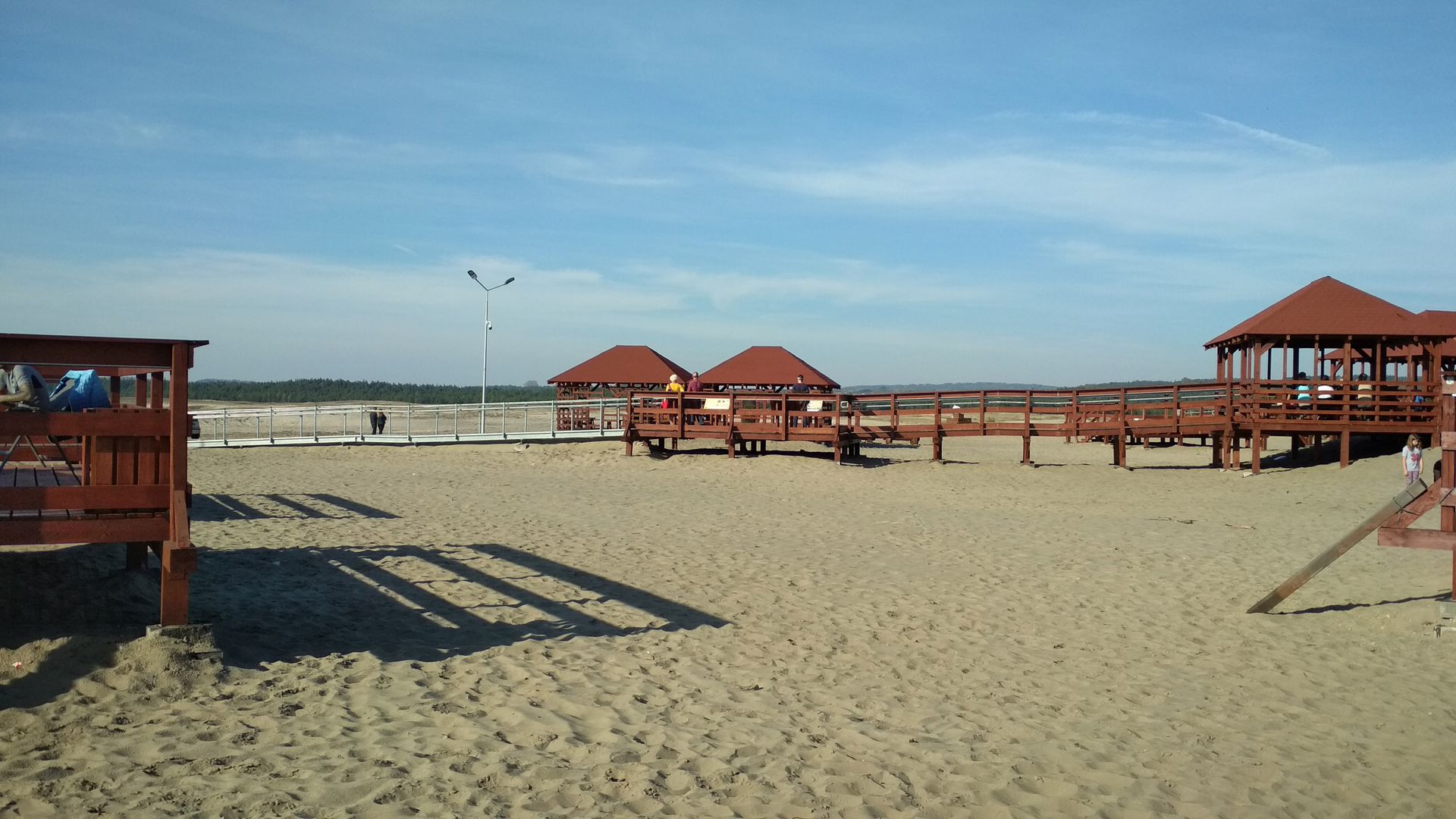Błędowska Desert
6.57

Overview
The Błędowska Desert, located on the border of the Silesian Highlands and the Olkusz Highlands, is the largest area of shifting sands in Poland, covering approximately 33 km². It stretches from Dąbrowa Górnicza in the west to the municipality of Klucze in the east, with the Biała Przemsza River flowing through its territory. Its history is rich; it was formed as a result of human activity when, in the 13th century, intensive deforestation triggered erosion and exposed the sandy subsoil. In the 20th century, the Błędowska Desert was used as a military training ground by various formations, including during both World Wars. In the 1930s, it was merged with other areas to form the so-called Great Błędowska Desert. Since the 1950s, the desert has been gradually overgrown by trees due to changes in land use and rising groundwater levels. In the 21st century, efforts have been made to restore the desert landscape, including environmental protection programs such as the Life+ project, which ended in 2014. The desert is home to unique ecosystems, including endemic plant species and rare animal species, such as birds and reptiles. Various cultural and sporting events are held in the desert area. There are viewpoints and hiking trails in the vicinity, making it an attractive destination for hiking and horseback riding. Interesting facts include legends about its formation, mirage phenomena, and the presence of fulgurites resulting from lightning activity. The Błędowska Desert, as a unique natural and historical site, is attracting increasing attention from tourists and researchers.
Location
2025 Wizytor | All Rights Reserved